California's SB-636: What Healthcare Professionals Need to Know About the New Utilization Review Regulations
Are you prepared for a pivotal shift in California's workers’ compensation system? SB-636 is set to redefine the utilization review process, and as a healthcare professional, staying informed is essential to adapt seamlessly to these changes
Navigating SB-636: Adapting to California's New Utilization Review Regulations in Healthcare
As a healthcare professional in California, understanding legislative changes that impact your practice is crucial. Senate Bill 636 (SB-636) introduces significant modifications to the workers’ compensation utilization review (UR) process, with implications for medical practitioners statewide. This blog provides a comprehensive overview of SB-636, its key provisions—including new disciplinary measures—and actionable steps to integrate these changes into your practice effectively.
Overview of SB-636
SB-636 amends Section 4610 of the California Labor Code, focusing on the UR process in workers’ compensation cases. The UR process evaluates the medical necessity and appropriateness of proposed treatments for injured workers. The bill aims to enhance fairness, transparency, and accountability within this system.
Key Changes Introduced by SB-636
1 - Mandatory California Licensure for UR Physicians
Previous Standard: Physicians conducting UR could be licensed in any state.
New Requirement: All physicians who make UR decisions that result in the modification, delay, or denial of medical treatment must hold an active, unrestricted license to practice medicine in California.
Implications for Healthcare Providers:
- Enhanced Peer Review: Decisions are now made by physicians who are more likely to understand California's specific medical standards and legal requirements.
- Improved Communication: Easier interaction with UR physicians who are familiar with local practices and guidelines.
2 - Prohibition of Financial Incentives
- What’s Changed: Employers, insurers, or their agents are prohibited from offering any financial incentives to UR physicians based on the number of modifications, delays, or denials they issue.
Implications for Healthcare Providers:
Objective Decision-Making: Ensures UR decisions are made solely based on medical necessity.
Fair Treatment Approvals: Increases the likelihood that appropriate medical treatments are approved without undue financial influence.
3 - Increased Transparency in the UR Process
New Requirement: Upon request, employers or insurers must provide the names of all individuals involved in the UR decision-making process to the injured worker or their representative.
Implications for Healthcare Providers:
Accountability: Greater transparency may lead to more accountable and justifiable UR decisions.
Patient Advocacy: Enables providers to better advocate for their patients by understanding who is involved in the UR process.
4 - Disciplinary Oversight by the Medical Board of California
New Provision: The Medical Board of California is empowered to discipline medical professionals performing UR if they violate practice standards.
Implications for Healthcare Providers:
Adherence to Standards: UR physicians must strictly comply with medical practice standards to avoid disciplinary actions.
Quality Assurance: Encourages a higher standard of care and diligence in UR decisions.
5 - Effective Date
Implementation: If adopted, SB-636 is scheduled to go into effect on July 1, 2026
Implications for Healthcare Providers:
- Preparation Time: Provides a window to adjust practices, update procedures, and ensure compliance with the new regulations.
- Training Opportunities: Time to participate in training and educational programs related to the changes.
Why SB-636 Matters to Medical Practitioners
Enhances Patient Care
With UR physicians now required to be licensed in California, you can expect a more nuanced understanding of local medical practices and standards, potentially leading to better outcomes for your patients.
Streamlines the Treatment Approval Process
Objective and unbiased UR decisions mean fewer unnecessary delays or denials of medically necessary treatments, allowing you to provide timely care to injured workers.
Encourages Collaboration
The new regulations foster a more collaborative environment between treating physicians and UR physicians, promoting better communication and mutual understanding.
Action Steps for Healthcare Providers
1 - Stay Informed
- Educate Yourself: Familiarize yourself with the full text of SB-636 and any related regulations.
- Attend Workshops/Webinars: Participate in professional development opportunities focused on workers’ compensation and UR processes.
2 - Document Thoroughly
- Medical Necessity: Ensure that all treatment recommendations are well-documented with clear justifications based on clinical guidelines and evidence-based medicine.
- Timely Reporting: Submit all necessary reports and documentation promptly to avoid delays in the UR process.
3 - Communicate Effectively
- With UR Physicians: Engage proactively with UR physicians, especially if a treatment is modified, delayed, or denied, to understand the rationale and provide additional information if needed.
- With Patients: Keep your patients informed about their treatment plans and any potential hurdles in the approval process.
4 - Advocate for Your Patients
- Appeals: If a treatment is denied, utilize the appeals process to challenge the decision, providing additional evidence or clarification as necessary.
- Collaboration: Work with case managers, adjusters, and legal representatives to facilitate the approval of necessary medical treatments.
Potential Challenges and Considerations
Adjusting to New UR Dynamics
- Learning Curve: There may be an initial adjustment period as all parties adapt to the new requirements.
- Administrative Burden: Increased documentation and communication may require additional administrative efforts.
Navigating Transparency Requirements
- Privacy Concerns: Ensure compliance with HIPAA and other privacy regulations when discussing UR decisions and personnel.
- Professional Relationships: Maintain professional and constructive interactions with UR personnel, even when disagreements arise.
Conclusion
SB-636 represents a significant shift in the workers’ compensation landscape in California, aiming to make the UR process more fair, transparent, and focused on patient care. As a healthcare professional, understanding these changes is essential for navigating the system effectively and ensuring that your patients receive the timely and appropriate care they need.
By staying informed, documenting meticulously, and advocating diligently, you can minimize potential disruptions to your practice and continue to provide high-quality care to injured workers.
At MedTech Management, we are committed to keeping healthcare professionals updated on critical industry changes. For more insights and resources, visit our blog at medtechmgnt.com.
Stay updated with the latest insights and news in medical billing services and workers' compensation billing and collections. Enter your email below to subscribe to our blog
Most Recent Articles




